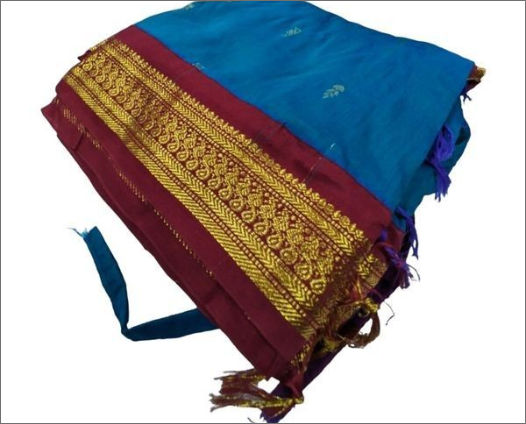Karadaiyan Nombu - A Festival of Love, Devotion, and Family Bonds


Karadaiyan Nombu - A Festival of Love, Devotion, and Family Bonds
In the intricate tapestry of Hindu festivals, there exists a gem of tradition and devotion known as Karadaiyan Nombu. This sacred celebration, cherished particularly by women, is a beautiful blend of faith, love, and familial bonds. Join us as we delve into the rich tapestry of Karadaiyan Nombu, uncovering its origins, rituals, and the essential items that enrich this auspicious occasion.
Karadaiyan Nombu, also referred to as Savitri Nombu or Karadayan Nonbu, finds its roots entwined with the cultural and mythological heritage of Tamil Nadu. It is celebrated on the first day of the Panguni month in the southern calendar. At its heart lies the timeless tale of Savitri, a symbol of virtue and devotion, whose unwavering faith continues to inspire generations. Women aspire to echo the devotion and love shown by Savitri for her husband, as seen in the tale of Savitri and Satyavan, which are narrated in 300 verses within the Mahabharata.
Veda Vyasa says, that this story is one that Markandeya Rishi narrates to Yudhishtira, who was in despair about what Draupadi had to undergo.
The verses say that despite being the daughter of King Aswapati and a princess, a suitable nobleman couldn’t be found for her marriage. So King Aswapati suggested that Savitri found someone suitable to lead her life with. Savitri travelled great distances and met several learned men, performed various acts of charity and even offered prayers at temples and sacred places. One day, as she passed through a forest with her entourage, she met Satyavan and decided it was he that she was going to marry. When she returned home and told her father, Narada who was present, prophesied that Satyavan would die one year from the wedding. Savitri fasted before the appointed day and accompanied Satyavan into the woods when day broke. At the appointed time, Yama appeared arrived but as he was going away with Satyavan’s atma, Savitri followed him and sang great praises and eulogies, earning various boons including the life of her beloved Satyavan himself!
To celebrate her victory, Savitri adorned herself with a yellow thread to symbolise the new lease of married life she has received and offers a simple sweet dish with rice flour and jaggery as nevidhyam. To this day, South Indian Tamil women dress in traditional 9 yards Sarees and re-enact the same ritual with a prayer for the longevity of their husbands.
Superficially, these verses were meant to show that the power of wifely love and devotion could conquer the greatest adversities. However, Veda Vyasa must have intended a much deeper significance to this story. One could argue he was conveying a deeper point here. Savitri found the truth ‘Satyavan’ deep in a forest, after her travels to religious places, spending time with scholars and performing charitable deeds. And once she found Satyavan, she knew this truth was the only everlasting source of happiness. Despite being a princess, she was made of indomitable spirit and had prepared to fight even death for the sake of her eternal truth.
Over the years the story has gone through various edits and several versions have evolved to suit prevailing social narratives. However, it would be wonderful to remember and celebrate what Veda Vyasa might have intended - pursuit of eternal truth shown through a story of love, devotion and determination!
In the UK, for 2024 the timing for this festival is 6am-7am on 14th March.
The shlokam to say while wearing the thread is as follows:
1. Omkaara Purvike Devi , Veena Pusthaka Dharine
Veda Maata Namasthubhyam, Avaidhavyam prayaschamay
2. Pathivrathe Mahabhaagey bhartuscha priyavaadinee
Avaidhavyam cha sowbhaagyam dehitvam mama suvrathey
3. Puthraan, powthramascha sowbhaagyam, sowmaangalyam cha dehimey!
Doram ghrinnami subhagey sahaaridram dharaamyaham
Bhrthuf Aayushya sidhyartham, supreetha bhava Sarvadaa.
The shlokam for nevidyam is as follows:
Urugaada Vennaiyum, Oradayum naan tharuven
Orukaalam enn kanavar ennai piriyaadirukkavendum





